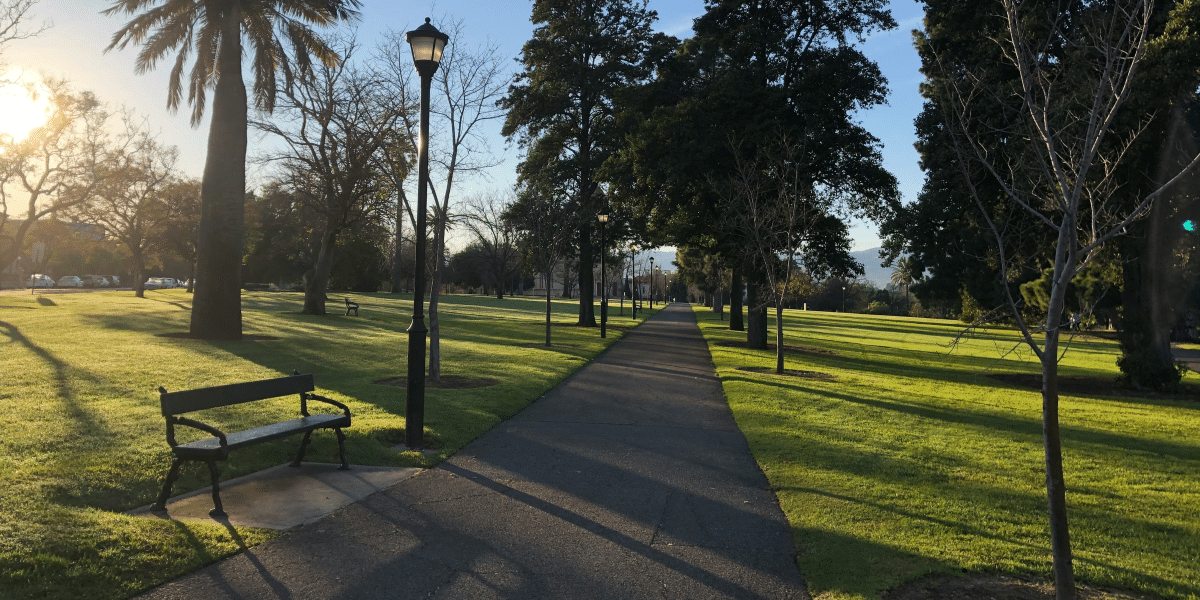By: John Glover (MBA)
Pamela Hopkins’ latest single, “Walk of Honor“, is a heart-wrenching ballad that delves into the dual tragedies and the poignant beauty found within the act of organ donation. Released on January 5th, 2024, the song represents one of Hopkins’ most personal and evocative works to date, bringing a profound narrative to life through its touching lyrics and tender musical arrangement.
The story that unfolds in “Walk of Honor” is inspired by a real-life honor walk—a solemn event where a donor’s body is escorted by family and hospital staff to the operating room for organ donation. This narrative is beautifully captured in Hopkins’ lyrics, which tell the story of a mother grappling with the loss of her daughter. The lyrics are haunting yet hopeful, illustrating the juxtaposition of a mother’s grief with the lifesaving gift her daughter is about to give to others. The line, “Somebody else’s baby’s heart is gonna beat again,” strikes a powerful chord, underscoring the bittersweet reality of organ donation.
Musically, “Walk of Honor” is anchored by a simple yet poignant melody. The acoustic guitar provides a soft, steady foundation that allows the weight of the lyrics to take center stage. The song is built around a traditional country music structure, but it’s the emotion in Hopkins’ voice that truly elevates the track. Her vocal delivery is raw and genuine, imbued with the pain and eventual acceptance that comes with such a devastating loss. The production is understated, allowing the lyrics and Hopkins’ emotive performance to resonate deeply with the listener.
The songwriting, a collaboration between Hopkins, Anna Brinker, and Lonnie Abbott, is another strong aspect of this single. The lyrics are carefully crafted to convey a narrative that is as universal as it is personal. The chorus, in particular, is a standout, with its refrain of “Somebody else’s mama’s gonna breathe ok again” driving home the lifesaving impact of the daughter’s sacrifice. The second verse adds a layer of complexity, introducing the perspective of the young man who caused the tragedy through drunk driving, yet was saved by the same girl he unintentionally harmed. This twist not only enhances the emotional depth of the song but also serves as a stark reminder of the consequences of reckless behavior.
One of the most remarkable elements of “Walk of Honor” is how it handles such heavy themes with grace and sensitivity. The song is neither preachy nor overly sentimental, striking a perfect balance that respects the gravity of its subject matter while also offering a sense of hope and redemption. The bridge, where the mother contemplates forgiveness, is a particularly moving moment, reflecting the deep emotional journey that follows such an event.
“Walk of Honor” also stands as an important cultural statement. By addressing organ donation and drunk driving, Hopkins not only tells a compelling story but also raises awareness about these critical issues. The song serves as both a tribute to those who have made the ultimate sacrifice and as a reminder of the importance of making responsible choices.
Pamela Hopkins’ “Walk of Honor” is more than just a song—it’s a poignant narrative set to music, one that lingers in the mind long after the final note has faded. With its emotionally charged lyrics, powerful message, and heartfelt performance, this single is sure to resonate deeply with listeners and cement Hopkins’ place as a significant voice in contemporary country music.
This is not just a song for country music fans, but for anyone who has ever experienced loss, love, and the complex interplay between the two. “Walk of Honor” is a testament to the power of music to heal, inspire, and ultimately, to honor life in all its forms.
Published By: Aize Perez







